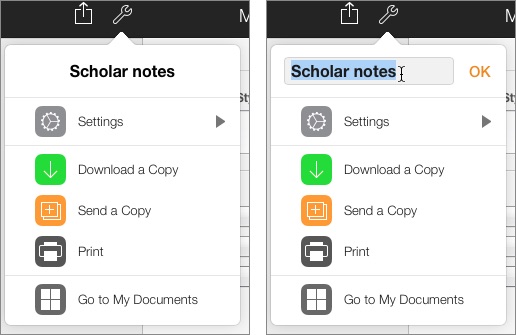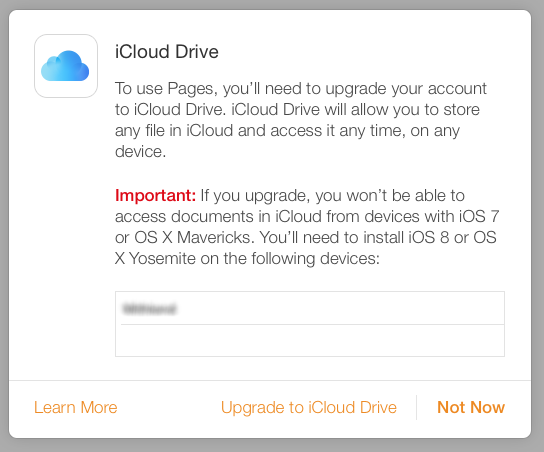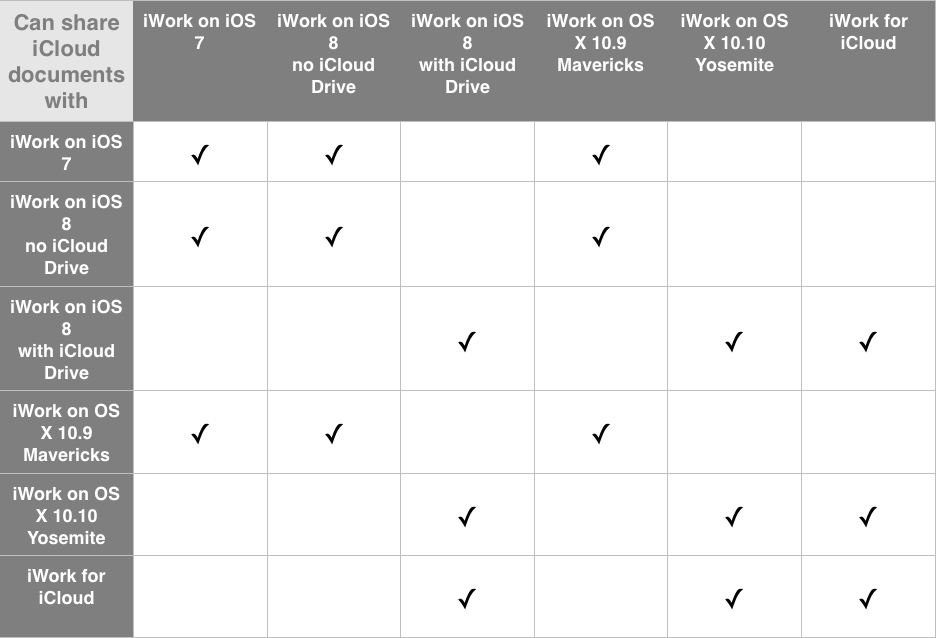I like Tolkien and I like Anglo-Saxon poetry. So, when a friend sent me a link to a New Yorker piece by dance critic Joan Acocello, titled “Slaying Monsters,” I clicked.
Then I had to scrape the stupid from my retinas.
Selected quotes from this farrago and my notes on them follow:
* On Beowulf’s lack of a “real psychology”: “Unlike Anna Karenina or Huckleberry Finn, [Beowulf] is not a filter, a point of view, standing between us and his world.” Maybe because Beowulf is NOT A FUCKING 19th CENTURY NOVEL!!
* On Grendel’s piteousness: “Tolkien describes how, after the fight with Beowulf, Grendel, ‘sick at heart,’ dragged himself home, ‘bleeding out his life.’” Because Tolkien meant the passage to…oh, wait, he only translated it.
* On Grendel’s childlike nature: “One reason Grendel seems childlike is that he has a mother.” Because everyone with a mother is childlike. Like George Clooney, and Hitler.
* On the battle between Beowulf and Grendel’s mother: “It also shows a man killing a woman.” That fucking sexist pig, Beowulf, and his misogynist collaborator, Tolkien!!
* On the poem’s treatment of time: “As the time planes collide, spoilers proliferate.” Which must have really affected the poem’s box-office receipts.
* On Anglo-Saxon: “If you don’t know German, it doesn’t sound like anything at all.” Your knowledge of Dutch won’t help you, either, you fools! And don’t even talk to me about Frisian!
* On the duties of being a professor: “That is why Tolkien had a job: at Oxford, for decades, he taught the first half of ‘Beowulf.’” Wanted: professor of Anglo-Saxon. Must know first half of English epic, be comfortable wearing burnt cotton.
* On Heaney’s translation compared to Tolkien’s: “Heaney, to his credit, took responsibility for this poem, and turned it into something that regular people would want to read, and enjoy.” Irregular people read something else while trying to coax a bowel movement.
* On Tolkien’s interest in the poem: “Like Beowulf, Tolkien was an orphan.” After the age of 12; before that he was only half-an-orphan, or an orphan-let.



